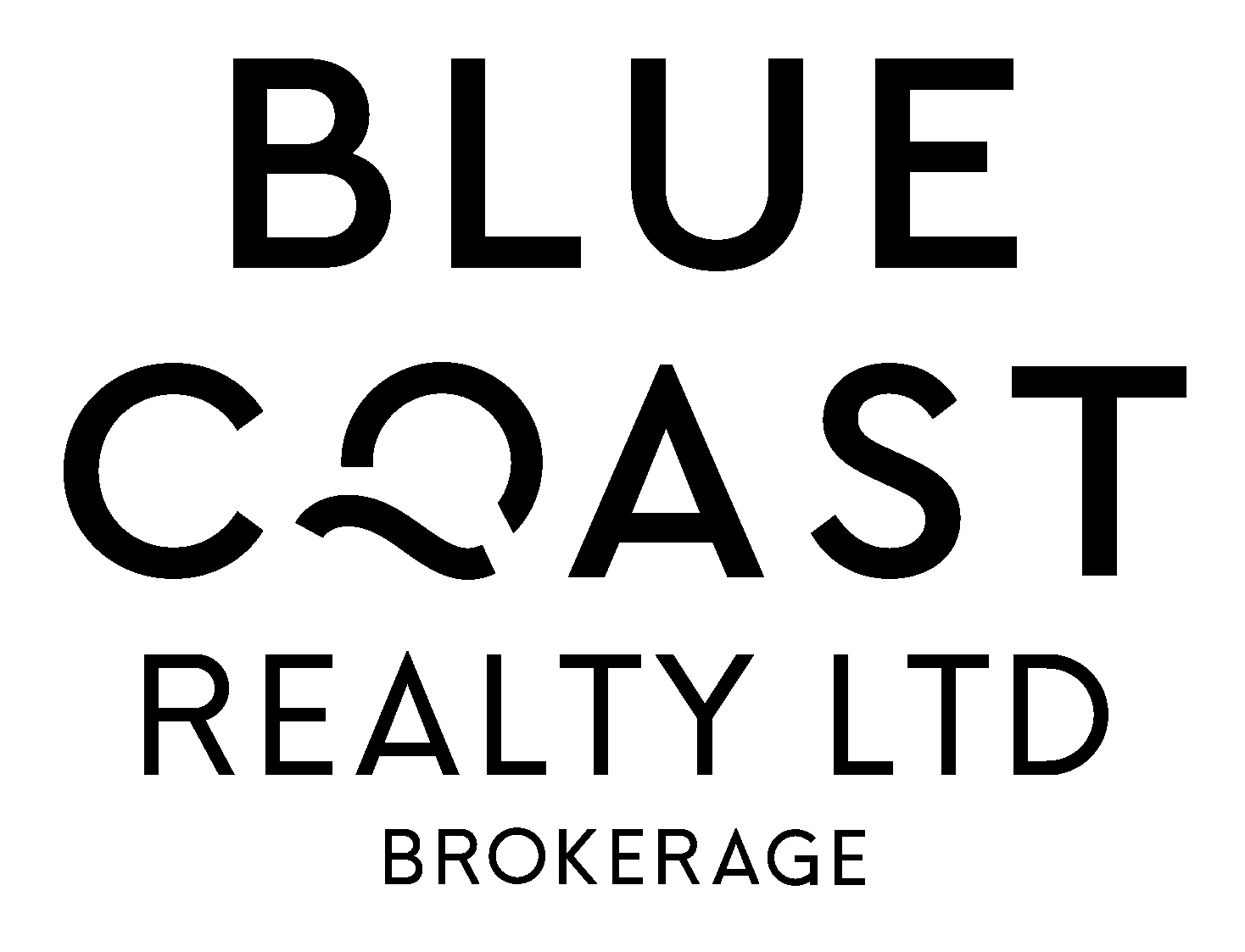
Getting pre-approved really should actually come before step 1. Why? Because before your realtor can start sending you customized listings based on your needs, we need to know your price range.
Pre-qualifying vs pre-approval
Getting pre-qualified is similar to getting pre-approved, but pre-qualification simply means that a lender has looked at your credit report and employment history and come up with a less rigorous assessment of how much you might qualify to be lent.
So, it gives you an idea of how much you can borrow but doesn't commit the lender to actually giving you a loan. Pre-approval, on the other hand, is a much more thorough process. It means that the lender has actually checked your credit score, verified your employment and assets, and agreed to give you a loan, as long as all of the information checks out.
Getting pre-approved for a mortgage is one of the most important things home buyers need to do. It's reassuring to home sellers because it shows that you're a serious buyer to sellers and that you have been approved for a specific amount of money. So now that we know the difference between pre-qualification and pre-approval, let's look at how you can get a pre-approval letter.
How to Get Pre-Approved
First, you need to call up a reputable financial lender and request a pre-approval. Your realtor may have a few in mind they have worked with before and they may provide a few recommendations.
When you meet with a financial lender, you'll have to fill out an application with income, assets, and debts information. Lenders will ask for your driver's license or passport, social security number, proof of income, pay stubs, and determine the length of your current employment.
Assets and Debt
With regards to assets and debt, if you've purchased an RV, a cottage, boat, or car and have successfully paid them off or are close to paying them off, the lender will look more favourably on you.
If, on the other hand, if you've racked up debt with financing on multiple assets, your loan may be negatively affected. You'll also need to show you are able to make a down payment and show you're able to pay for closing costs too.
Why Do Lenders Need This Info?
Lenders want to make sure you're who you say you are really a citizen of your country, and that you are employed, and they'll want to know how much you've earned year-to-date. All of this info helps them make sure you have no issues meeting your mortgage payments.
Once this is done, the lender does several things: It pulls a credit report from one of the major consumer reporting agencies (TransUnion, Experian, or Equifax). Then they check your credit score against its own underwriting requirements for that loan product.
Then they verify employment, income, and assets with your employer and financial institutions. Altogether, this can take anywhere from a few days to a couple of months. For most people though, it usually doesn't take a long time. Once the underwriter has finished all these steps they'll give you a pre-approval letter. This letter states how much money the lender is willing to lend you and what the interest rate will be on that loan. Your pre-approval letter will also state the interest rate that you'll be charged on your mortgage.
Now that you’re pre-approved, it’s time to move on to Step 3: Making a Wishlist!

